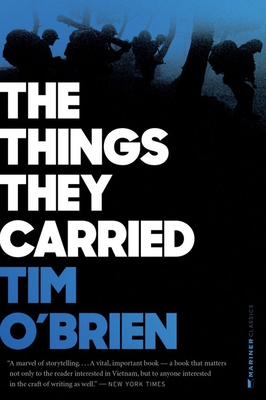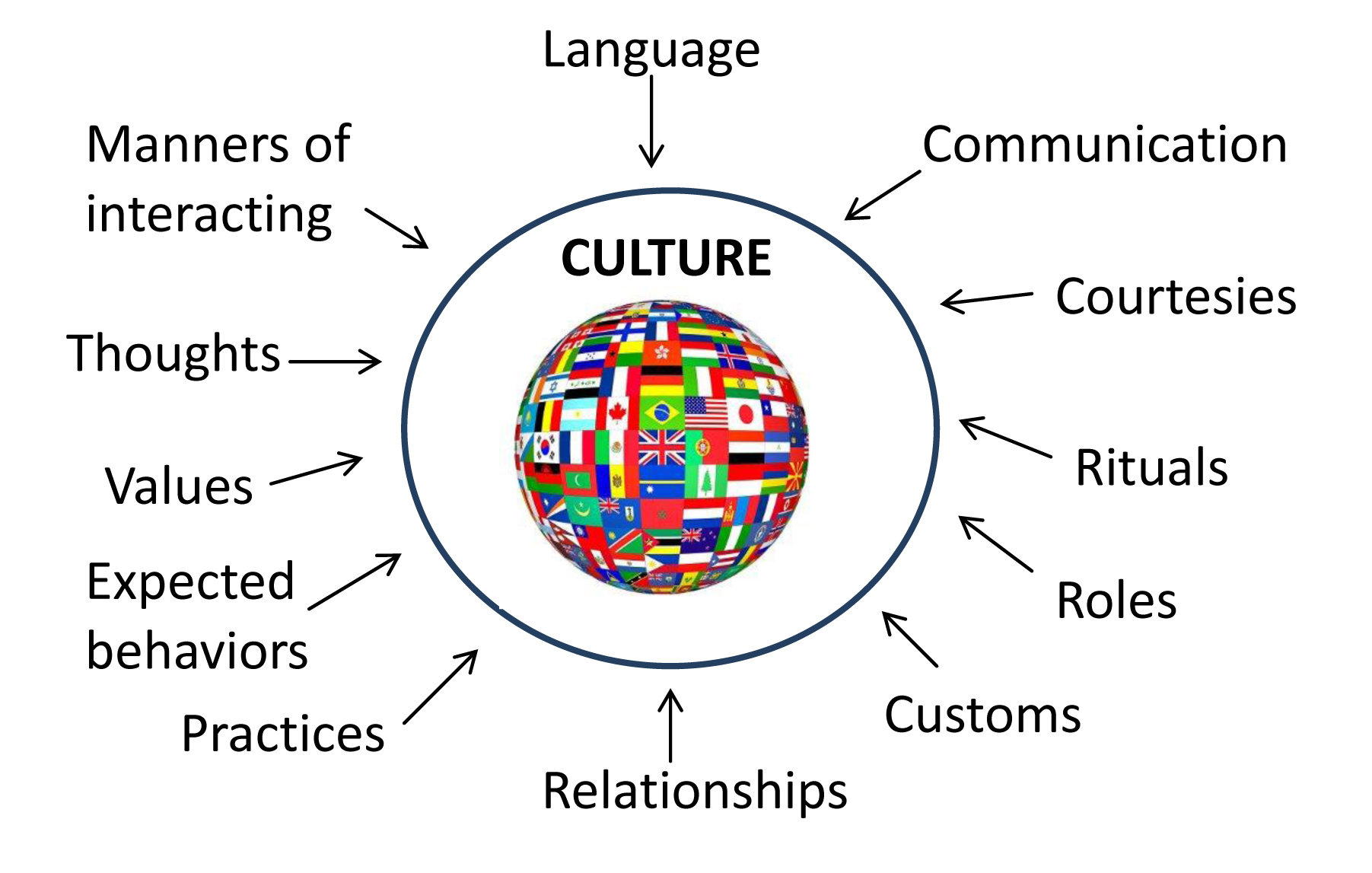
Labels
American History
(37)
Book Review
(1)
Ceramics
(1)
Civics
(29)
Community
(1)
Computer
(1)
Creative Writing
(86)
Economics
(20)
English 11/12
(15)
English 9/10
(11)
English A
(24)
English B
(23)
English Make-Up Work
(4)
Health
(4)
Psychology/Sociology
(50)
Science
(1)
Seniors
(1)
World Studies
(25)
Friday, March 27, 2015
The Things They Carried Vocabulary
Click on THIS LINK to view your vocabulary words and their definitions for Tim O'Brien's The Things They Carried.


Publishing & Celebrating
Week 8:
This week we will sharing our work, celebrating our work, and evaluating the works of others. We will be reading each others' stories and begin working with a digital storytelling tool called Storybird. Storybird collects art from a variety of artists and lets you use that art to express yourself. I have signed you all up for Storybird accounts.
1. Please see me for your login information and log in to Storybird.
2. After you have logged in to Storybird, start exploring the tool. Start by looking at my own story: Mary Ann Reads a Book. Type a comment about something specific that you liked. Then, explore at least five other stories, commenting on things that you liked. Send me links to the stories on which you commented in an email to skappelman@scarboroughschools.org or as a comment below.
- A good, specific compliment is not: I liked your story.
- A good specific compliment is: I liked how you used dialogue to show how feisty your character is! Great use of indirect characterization!
- You can view Storybirds from last year's students, too:
- The Legend of T Bone by Drew
- Max, the Photo-Taking Polar Bear by Jonny
- Cat on the Run by Bry
- The Tale of Cynthia Mercury by Celenia
- The Day the Clouds Drifted Away by Adara
- The Freaky Boat by Amanda
- The Perfect Day by Janelle
- Finding Friends by Lizzie
- Sally's Adventure by Jesstine
Night by Elie Wiesel
Vocabulary: to view the Slideshow, click HERE. Copy down all words and definitions onto your vocabulary packet.

Monday, March 23, 2015
Revising, Editing, Publishing
Week 7
1. Finish revising your stories.
2. Have an editing conference with Kapp.
3. Make edits.
4. Choose a story to publish:
- break up the story to at least five pages plus a cover
- create original illustrations for each page and cover OR find images on the internet and cite each image correctly on an additional works cited page (remember, this is alphabetical!)
- if you use "found images" (instead of your own drawings), you will need to create a book for each of your stories following the above guidelines
Wednesday, March 11, 2015
Culture Videos
When you have finished writing your essay and have conferenced and revised/edited it with Kapp, watch the following videos to review key culture terms:

- Ethnocentrism and Cultural Relativism
- What is normal? Exploring folkways, mores, and taboos
- What is material culture?
- Culture Lag & Culture Shock
- Everything you always wanted to know about culture

Tuesday, March 10, 2015
A Raisin in the Sun: Research Activity
Complete a
poster, Power Point, research paper, or some other presentation about one of
the following topics that addresses the questions included.
Option A: A
Raisin in the Sun is about a black family overcoming racism and history to
achieve the American Dream. Choose a person who has achieved what you consider
is the American Dream, despite some sort of setback or setbacks. Research the
major points in his or her life describing particularly:
·
your
definition of the American Dream & how that person has achieved it
·
the
setbacks he/she overcame
·
how
he/she overcame those setbacks
·
the
success he/she achieved
·
how
he/she achieved it
·
what
you personally have learned from his/her life
Option
B: A Raisin in the Sun was
written during the early civil rights period. Research and describe at least
FIVE major events of the Civil Rights Movement. Alternately, you may research the
women’s rights movement or the #blacklivesmatter movement. For each event,
discuss the following:
·
When
did it happen?
·
Where
did it happen?
·
What
happened?
·
Who
was involved?
·
Why
did it happen? What were the causes?
·
How
did it impact the movement? What were the effects?
ALL of these
should include the following:
·
a
BIBLIOGRAPHY with MULTIPLE RELIABLE SOURCES (no Wikipedia for this project,
sorry)
·
Pictures
cited or hyperlinked
·
Correct
citations: DO NOT PLAGIARIZE! For more information on plagiarism, see below.
Unless you
properly cite it, you are not allowed to turn in for a grade anything that someone else has created: that
includes any sentences or phrases,
thoughts or ideas, images or graphs. In A
Primer on Plagiarism, Louis Sirico says students typically commit
plagiarism in one of three ways:
·
using someone
else’s words without quotation marks or citation.
·
paraphrasing
someone else’s words without citation.
·
using someone
else’s ideas without citation.
Plagiarism
is also defined as:
·
copying or
paraphrasing all or part of another’s homework.
·
allowing another
person to copy or paraphrase your work.
·
receiving help on
assignments that have been identified by the teacher as work to be completed
individually.
Consequences
of plagiarism: I will not accept plagiarized work. You will continue to revise/edit
until there are no traces of plagiarism anywhere in your work. Furthermore,
your grade will be affected if you do not fix your work.
Friday, March 6, 2015
Revision
Week 6
To help you better exaggerate your tall tale or to make your myth sound more mythical, you will want to use figurative language.
Task 1: Define and find 10 examples of each of the following:
· Simile
· Metaphor
· Personification
· Hyperbole
Task 2:
- Watch the video: "Dialogue Rules"
- If you still are confused about the conventions of writing dialogue, visit this website: http://www.be-a-better-writer.com/punctuate-dialogue.html
- Rewrite (you can copy & paste then edit) the following dialogues with correct punctuation, capitalization, & paragraphing: Dialogue Exercises.
Task 3:
Revise each of your stories with the notes given to you:
- fable
- fractured fairy tale
- myth
- tall tale
Thursday, March 5, 2015
Health Games & Websites
When your suicide prevention letter is completed, checked by one of your teachers, and shared with Ms. Mariello, you may play one of the health games or visit one of the health websites listed here:
Tuesday, March 3, 2015
Animal Farm Vocab
https://docs.google.com/presentation/d/1vWDMSchpYEi7aVORGyPqMhHkf3m-sArlhNkgWEtMUK0/edit?usp=sharing
Monday, March 2, 2015
Write your own Tall Tale or Myth
WEEK 5:
Task 3: Write a draft of your own tall tale or myth. See requirements below.
Option A: Tall Tale:
-->a protagonist who is a real person, either historical or modern, but who you add details that describe him/her as having super-human abilities in some way that helps people and has to do with their job (ex. Paul Bunyan's size, John Henry's strength, Johnny Appleseed's ability to communicate with nature). For example, you may choose to write a tall tale about Paul Revere's superhuman ability to ride faster than the wind to warn that "the British are coming," or you may write a tall tale about Mariah Carey's superhuman ability to break glass with her voice, or Martin Luther King, Jr.'s superhuman ability to
-->at least 3 historic/realistic details
-->at least 3 exaggerations
-->a story with some sort of conflict that gets resolved/solved by the protagonist
-->an exposition, rising action, climax (conflict is at a breaking/turning point), falling action, and a resolution
-->at least 4 instances of simile, metaphor, personification, and/or hyperbole (you don't need to use all four devices, but you need for instances, so if you skip one, for example, you need to have at least two instances of another)
-->use some dialogue
Option B: Myth:
-->clear cultural setting
-->cultural values
-->spiritual elements (gods, etc.)
-->natural elements
-->MUST explain the creation of something
-->an exposition, rising action, climax (conflict is at a breaking/turning point), falling action, and a resolution
-->at least 4 instances of simile, metaphor, personification, and/or hyperbole (you don't need to use all four devices, but you need for instances, so if you skip one, for example, you need to have at least two instances of another)
-->use some dialogue
Subscribe to:
Posts (Atom)


